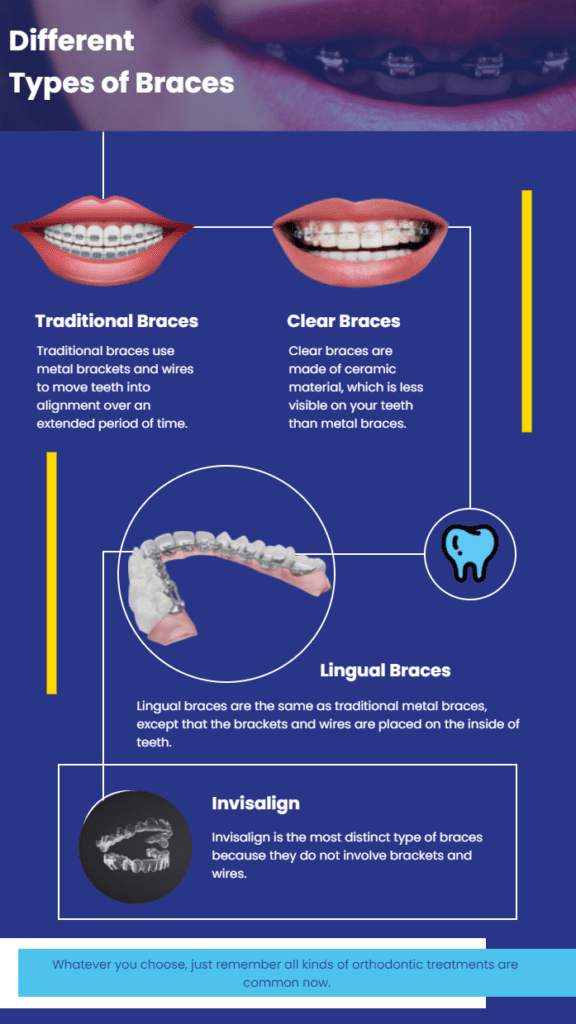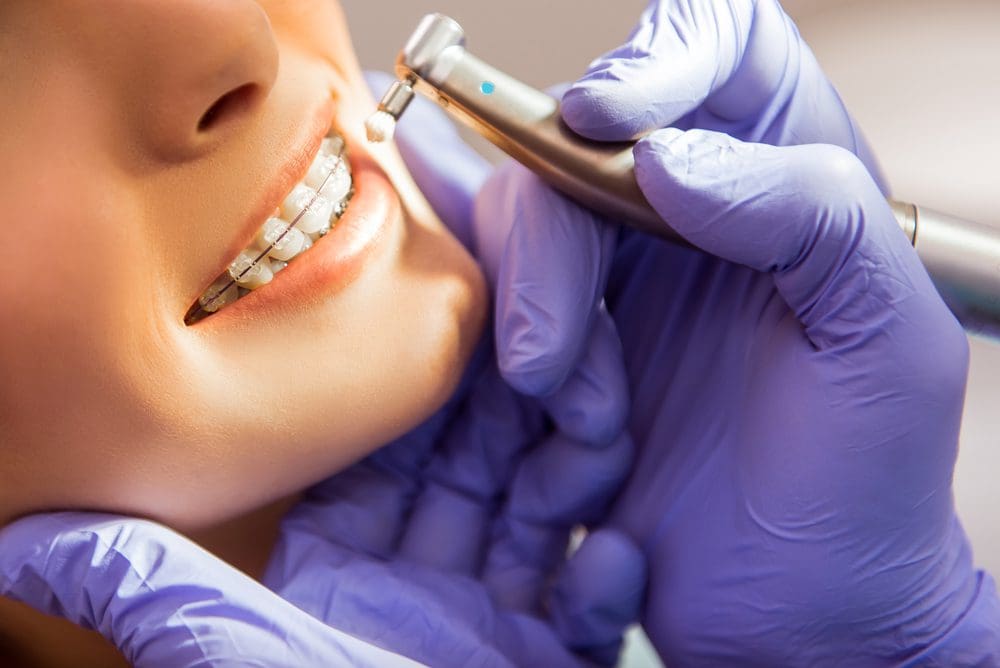Comprehensive Guide to Orthodontics Treatments for Dealing With Dental Imbalances
Comprehending the ins and outs of each treatment, including their systems, benefits, and prospective disadvantages, is vital in making notified decisions regarding one's orthodontic treatment. As we navigate through the thorough overview to orthodontic treatments for fixing dental misalignments, the elaborate details of each method will unfold, shedding light on the path toward a harmonious and functional dental positioning.
Orthodontic Procedures Summary

Along with conventional braces and clear aligners, orthodontists may additionally recommend various other interventions like headwear, palatal expanders, or retainers to address details positioning concerns (orthodontics). These treatments are tailored per patient's special needs and may entail a combination of therapies to achieve the wanted results. Routine adjustments and monitoring are critical parts of orthodontic treatment to make certain development gets on track and to make any needed alterations in the process. By undertaking orthodontic procedures, clients can not just attain a straighter smile however additionally enhance their overall oral health and wellness and function.
Typical Dental Braces: How They Work
When thinking about orthodontic therapies for dental imbalances, typical braces stick out as a tried and true method for remedying teeth positioning. Conventional dental braces contain braces, wires, and bands that work with each other to use continuous stress on the teeth, gradually moving them right into the desired placement. The brackets are connected to the teeth utilizing an unique adhesive, and the wires are threaded via the brackets. By readjusting the tension of the cables, orthodontists can control the direction and pressure related to each tooth, assisting them into appropriate positioning over time.
One trick aspect of just how traditional braces job is the procedure of bone makeover. As pressure is related to the teeth with the dental braces, the bone surrounding the teeth is improved to support the brand-new tooth positions. This makeover is necessary for the long-lasting security of the remedied positioning. Patients will require normal adjustments at the orthodontist's office to make certain the braces remain to apply the proper pressure for efficient teeth activity.
Invisible Aligners: Cons and pros
These clear, personalized trays are essentially unnoticeable when worn, making them an enticing choice for people seeking a more cosmetically pleasing orthodontic treatment. People can eliminate the aligners before consuming or brushing their teeth, minimizing the risk of food obtaining stuck in the appliance and streamlining the cleansing process.

Surgical Orthodontic Options
Surgical treatments in orthodontics present viable options for dealing with complicated oral imbalances that might not be properly settled via conventional orthodontic therapies. While typical dental braces and unseen aligners can deal with lots of orthodontic problems, specific situations require surgical treatment to attain ideal results. Surgical orthodontic options are generally recommended for severe malocclusions, substantial jaw disparities, and situations where the underlying bone structure needs alteration to attain correct positioning.
One typical surgical orthodontic treatment is orthognathic surgical procedure, which includes repositioning the jaws to correct useful problems such as difficulty eating or talking. This surgical procedure is frequently performed in cooperation with an orthodontist who helps straighten the teeth prior to and after the procedure. Surgical orthodontics may additionally include treatments to subject affected teeth, remove excess gum cells, or improve the jawbone to create an extra unified facial account.
Before considering medical orthodontic options, people go through a comprehensive examination to identify the need and prospective advantages of such interventions. cumming braces. While surgical treatment might seem difficult, it can substantially boost both the feature and aesthetic appeals of the smile in situations where conventional orthodontic therapies fall short
Retainers and Post-Treatment Care

Failure to comply with post-treatment care directions can result in relapse, where the teeth gradually move back towards their initial settings. Constant retainer wear, great oral health, and routine oral exams are important for preserving the results achieved through orthodontic surgery and guaranteeing the long-term stability of the fixed dental placement.
Verdict
In conclusion, orthodontic treatments provide different options for dental dentist dealing with oral imbalances. Surgical orthodontic choices are offered for extra serious imbalances. Generally, orthodontic procedures can successfully enhance oral health and wellness and visual look.
As we browse with the comprehensive overview to orthodontic procedures for fixing oral misalignments, the complex information of each method will certainly unravel, shedding light on the path towards a harmonious and functional dental positioning. - aligners
One of the most usual orthodontic therapies is the use of braces, which are composed of steel braces and wires that apply mild stress to gradually move teeth right into the wanted position.When taking into consideration orthodontic treatments for dental misalignments, typical dental braces stand out as a tried and true approach for correcting teeth placing. In addition, invisible aligners might not be ideal for complex orthodontic issues that need more considerable teeth motion, as they are typically recommended for mild to moderate cases. Retainers are tailor-made orthodontic tools made to hold teeth in their corrected positions after the completion of orthodontic treatment.